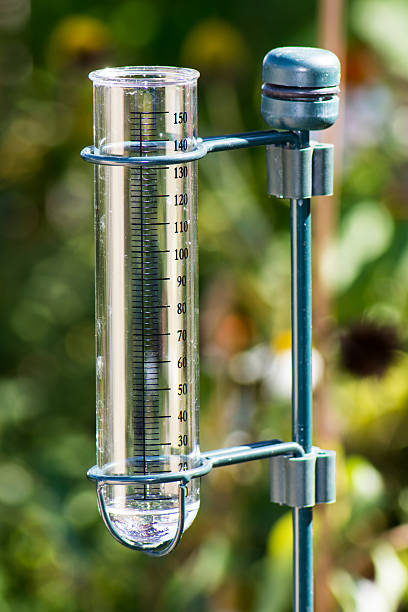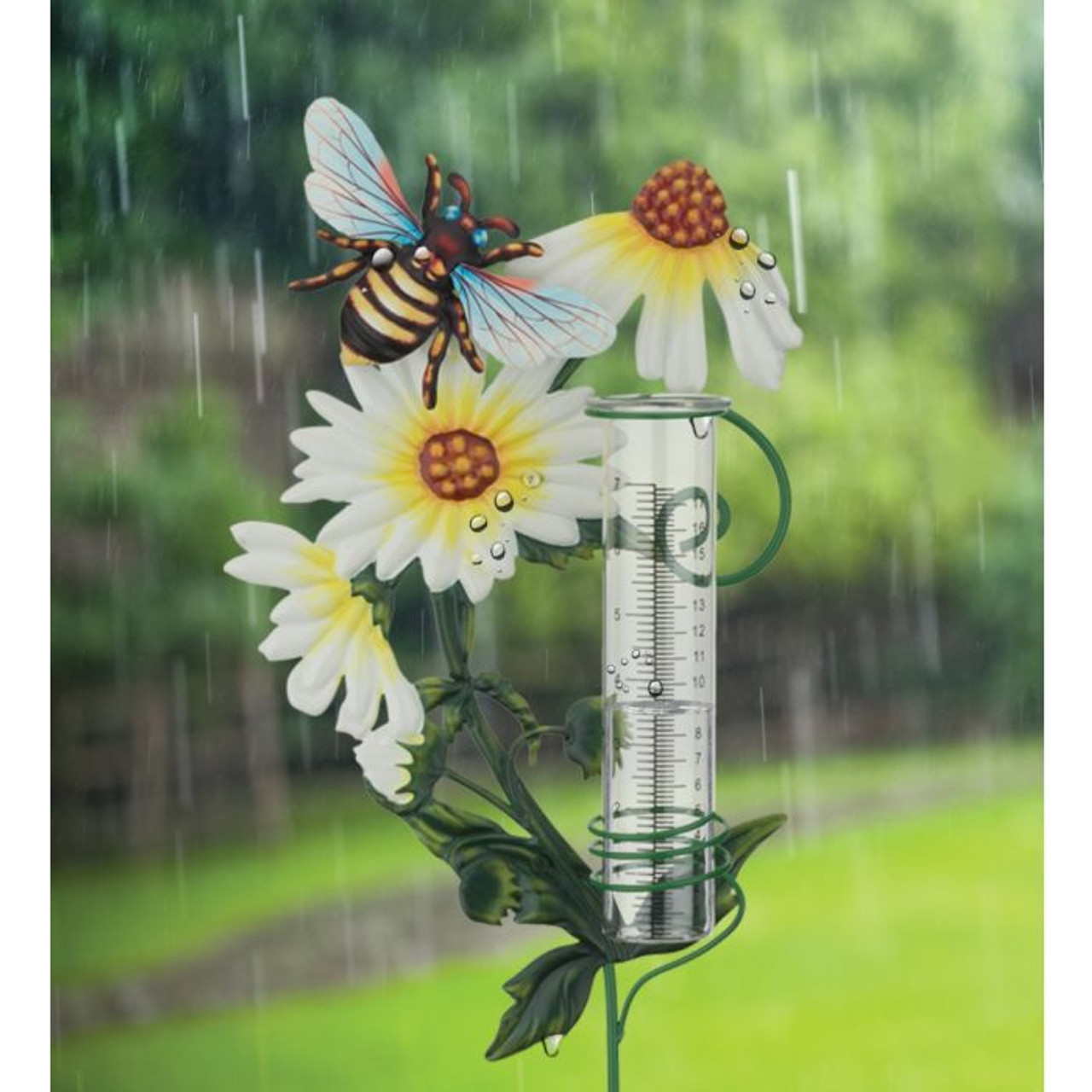The Rain Gauge: Empowering Areas with Exact Rainfall Information
The Rain Gauge: Empowering Areas with Exact Rainfall Information
Blog Article
Just How to Choose the Right Rain Gauge for Accurate Rainfall Data
To get trusted dimensions, it is necessary to pick the best rain scale. Thinking about aspects such as place, type, and accuracy of the rainfall gauge will aid make certain specific information collection. Additionally, understanding the upkeep and calibration procedures will contribute to the long life and dependability of your rain scale.
Importance of Choosing the Right Rain Scale
The significance of picking the best rainfall gauge hinges on obtaining reliable and exact rainfall information for precise atmospheric analysis. Rainfall information is essential for a variety of applications, including climate forecasting, hydrological modeling, and climate research study. Unreliable or unreliable data can cause wrong conclusions and flawed decision-making processes.

Secondly, the precision and accuracy of the rain scale are extremely important. The gauge should be able to gauge rainfall with high accuracy, catching also little amounts of rainfall accurately.
In addition, the location and setup of the rainfall gauge are crucial factors to consider. It ought to be positioned in an open area, far from obstructions that might affect rains measurements. The scale must be positioned at an ideal height and angle to stay clear of spilling and make sure correct catchment of rain.
Elements to Consider When Picking a Rain Scale
When selecting a rain gauge, there are numerous crucial elements to think about. These aspects can significantly affect the accuracy and dependability of the rainfall information gathered. The initial factor to think about is the sort of rainfall gauge. There are various kinds available, consisting of standard rain determines, tipping bucket rain determines, and weighing rainfall determines. Each type has its own benefits and downsides, so it is important to select one that finest matches your specific requirements and needs.
Another element to think about is the product of the rain scale. Rainfall evaluates can be constructed from various materials, such as plastic, metal, or glass. The material selected should be resistant and durable to weather conditions, ensuring that the rainfall scale will certainly stand up to the aspects and give exact measurements in time.
Accuracy is also an essential factor to take into consideration. Seek rainfall evaluates that have been adjusted and checked for accuracy. Attributes such as anti-splash rings and funnels can likewise enhance the accuracy of the dimensions.

Finally, consider the environment and environment in which the rainfall gauge will certainly be utilized. Various rain determines are appropriate for various climates, so it is necessary to select one that is appropriate for the problems in your area.
Various Kinds Of Rainfall Evaluates Available
To additionally explore the variables to think about when choosing a rain scale, it is crucial to comprehend the different kinds of rain determines readily available. There are numerous types of rain evaluates, each with its own advantages and drawbacks. One of the most usual type is the typical rain gauge, likewise called the round rainfall gauge. This type is composed of a straight-sided round container with a funnel-shaped top. It is straightforward to use and offers precise dimensions of rains.
An additional kind of rainfall gauge is the tipping bucket rain scale. This scale makes use of a seesaw-like device to accumulate and gauge rains. As the rain falls right into the scale, it loads up one side of the pail, creating it to empty the water and tip. The variety of ideas is counted digitally to determine the amount of rainfall. Tipping bucket rainfall evaluates are popular for their accuracy and capability to determine rainfall intensity.
A 3rd kind of rainfall scale is the evaluating rain scale. This scale uses a balance system to gauge the weight of the accumulated rains. As the rain falls under the scale, it is accumulated in a container attached to an equilibrium. The weight of the water is gauged, and the rainfall quantity is calculated based upon the weight. Evaluating rainfall evaluates are highly precise but can be a lot more expensive and need normal maintenance.
Ultimately, there are also remote rainfall gauges that usage progressed innovation to gauge rainfall (The Rain Gauge). These evaluates usage sensing units and transmitters to send information wirelessly to a central system. Remote rainfall gauges are practical for keeping an eye on rains in hard-to-reach areas or for large-scale information collection
Just How to Determine the Accuracy of a Rainfall Scale
One means to evaluate the accuracy of a rainfall scale is by conducting regular calibration measurements. Calibration includes contrasting the readings of you can try these out a rain scale to a basic measurement, such as a qualified rainfall gauge or a weather station with high precision. By contrasting the measurements, any type of disparities or errors in the rain gauge can be identified and accounted for.
To carry out a calibration measurement, begin by accumulating rains information from both the rainfall scale and the standard measurement device over a certain time duration, such as a month. Compare the readings and determine the difference in between them. This difference is called the calibration error.
It is essential to keep in mind that calibration measurements must be done regularly, as ecological factors, such as wind, temperature, and particles, can affect the precision of the rainfall gauge gradually. By performing routine calibrations, any changes in the precision of the rain scale can be identified and modifications can be made appropriately.
Along with calibration, it is likewise recommended to tidy and maintain the rainfall gauge regularly to guarantee its accuracy. Get rid of next any particles or obstructions that might affect the precision of the measurements, and look for any type of indicators of damage or put on that may call for repair work or substitute.
Tips for Preserving and Adjusting Your Rainfall Gauge
Normal maintenance and calibration are vital for guaranteeing the accuracy and dependability of your rain scale in determining rains data (The Rain Gauge). By adhering to a couple of simple ideas, you can ensure that your rain scale is correctly kept and calibrated
First of all, it is important to cleanse your rainfall scale on a regular basis to prevent any kind of particles or dirt from obstructing the rainfall collection mechanism. Utilize a light detergent and a soft brush to carefully clean up the within and outside of the scale. Rinse it extensively with clean water and permit it to dry entirely prior to reinstalling it.
Second of all, it is recommended to adjust your rainfall gauge a minimum of yearly. Calibration includes contrasting the measurements of your rain scale with those of a relied on and exact recommendation scale. This will certainly assist you recognize and correct any prospective errors in your rain gauge's measurements.
To calibrate your rainfall scale, accumulate a well-known quantity of water making use of a measuring container and compare it with the measurements videotaped by your rainfall scale. Readjust the analyses as necessary to make certain accuracy.

Conclusion
In verdict, picking the right rain scale is crucial for obtaining accurate rainfall information. Variables such as purpose, budget, and place should be thought about when selecting a rainfall scale.
There are various kinds readily available, consisting of common rainfall determines, tipping bucket rainfall evaluates, and evaluating rainfall determines.To even more check out the elements to think about when selecting a rainfall gauge, it is essential to comprehend the different types his comment is here of rain gauges offered. The most typical type is the basic rain gauge, also known as the round rainfall scale.One more kind of rain gauge is the tipping container rain gauge. Calibration involves contrasting the analyses of a rain gauge to a conventional dimension, such as a licensed rain gauge or a climate terminal with high precision.
Report this page